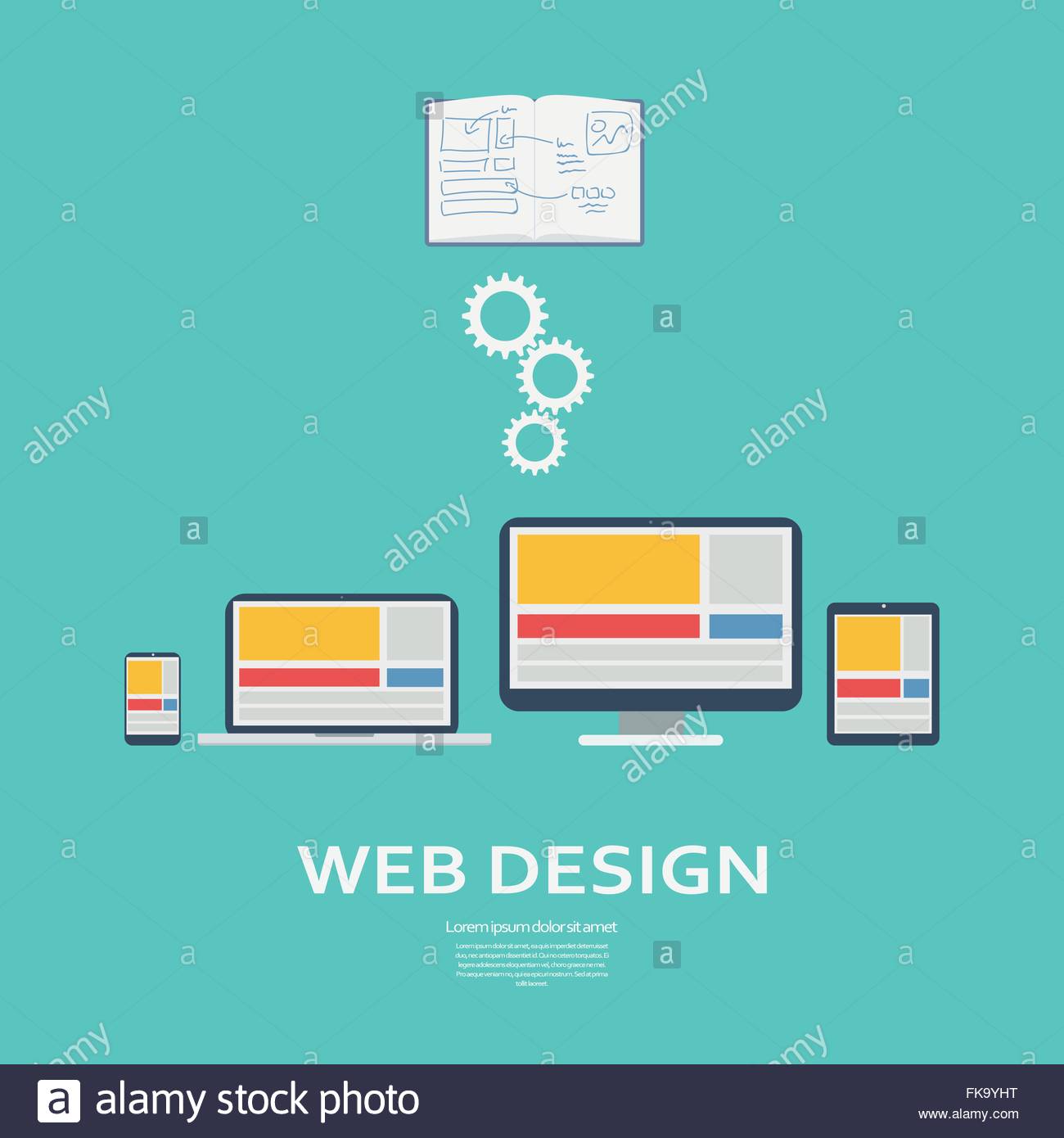Intrigued In Finding Out Just How Site Style Has Altered Throughout The Years? Discover The Journey
Intrigued In Finding Out Just How Site Style Has Altered Throughout The Years? Discover The Journey
Blog Article
Uploaded By- https://www.fool.com/the-ascent/small-business/social-media/articles/how-to-market-yourself/
In the past, sites were simple and focused on details. Navigating was direct, and design was for desktops. Currently, user experience is vital. Data guides designs for easy navigating. Receptive formats match different gadgets. Today, dark mode minimizes pressure, and minimal menus boost navigating. Interactive features engage individuals, and strong visuals stand out. AI combination improves involvement. See just how style has evolved to improve your online journey.
Very Early Days of Web Design
In the very early days of web design, simplicity reigned supreme. Web sites were fundamental, with limited shades, font styles, and designs. The focus got on providing info instead of flashy visuals. Customers accessed the web via sluggish dial-up connections, so speed and performance were vital.
Navigation menus were straightforward, generally situated on top or side of the web page. Web sites were designed for desktop computers, as mobile browsing had not been yet prevalent. Content was king, and developers prioritized simple readability over complex design elements.
HTML was the key coding language used, and developers needed to work within its restrictions. Computer animations and interactive attributes were minimal compared to today's standards. Internet sites were fixed, with little vibrant material or customized individual experiences.
Rise of User-Focused Style
With the development of web site style, a change in the direction of user-focused style principles has actually come to be significantly famous. Today, developing web sites that prioritize user experience is vital for engaging site visitors and accomplishing company objectives. User-focused style entails comprehending the demands, preferences, and actions of your target market to customize the web site's format, material, and features as necessary.
Designers now conduct detailed research, such as user surveys and usability testing, to gather understandings and comments directly from users. This data-driven approach helps in developing user-friendly navigation, clear calls-to-action, and visually appealing user interfaces that resonate with visitors. By positioning the individual at the facility of the design process, web sites can provide a much more tailored and delightful experience.
Responsive layout has additionally emerged as a crucial element of user-focused design, making sure that internet sites are maximized for various devices and display dimensions. This versatility boosts availability and functionality, dealing with the diverse methods customers interact with websites today. Fundamentally, the rise of user-focused layout represents a change in the direction of creating electronic experiences that focus on the needs and assumptions of the end individual.
Modern Trends in Web Design
Explore the most up to date fads shaping web design today. One noticeable trend is dark mode design, providing a smooth and modern appearance while minimizing eye pressure in low-light atmospheres. One more key fad is minimalist navigation, simplifying food selections and boosting customer experience by concentrating on essential elements. Incorporating micro-interactions, such as computer animated switches or scrolling effects, can produce a more appealing and interactive internet site. Responsive layout stays essential, making certain seamless user experiences across different gadgets. Additionally, making use of bold typography and unbalanced formats can add visual interest and draw attention to particular material.
Integrating AI technology, like chatbots for client support or customized recommendations, enhances individual involvement and enhances procedures. Ease of access has additionally become a substantial fad, with designers focusing on inclusive layout techniques to accommodate varied individual requirements. Embracing sustainability by enhancing web site efficiency for speed and performance is another arising pattern in web design. Working together with individual responses and information analytics to iterate and improve layout constantly is crucial for remaining pertinent in the ever-evolving digital landscape. By welcoming these modern fads, you can produce an aesthetically enticing, user-friendly site that resonates with your target market.
Final thought
As you assess the evolution of website layout from the very early days to currently, you can see how user-focused style has actually come to be the driving force behind modern patterns.
Accept the trip of change and adaptation in web design, constantly maintaining the user experience at the forefront.
Remain present with the most recent patterns and technologies, and never ever stop evolving your method to create aesthetically magnificent and straightforward web sites.
Advance, adjust, and develop - the future of web design is in your hands.
